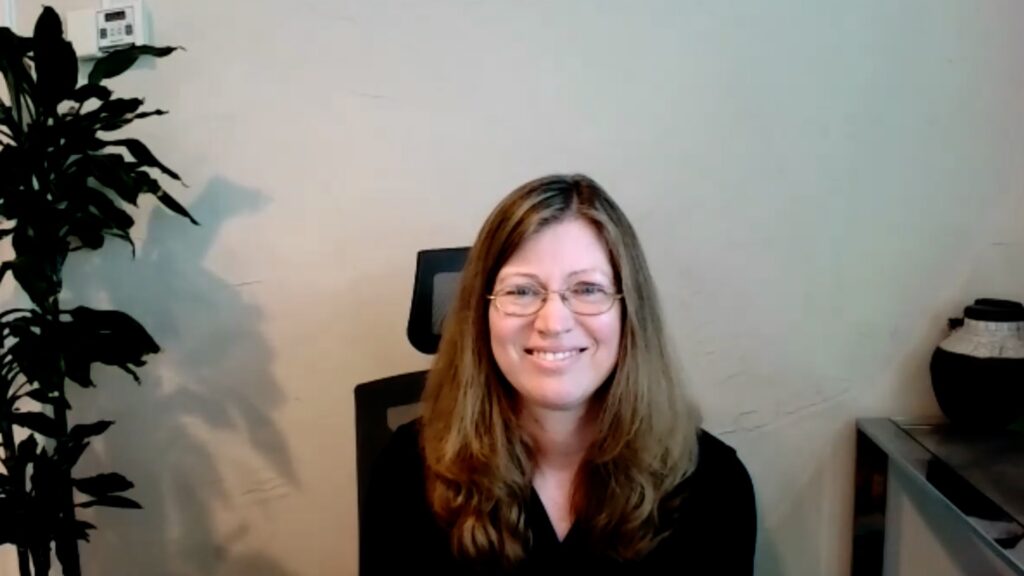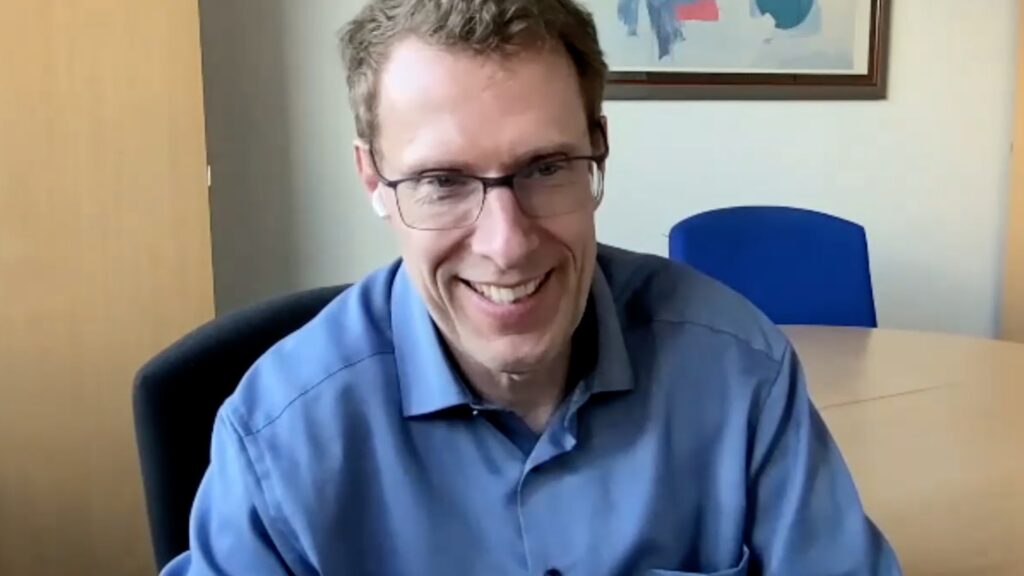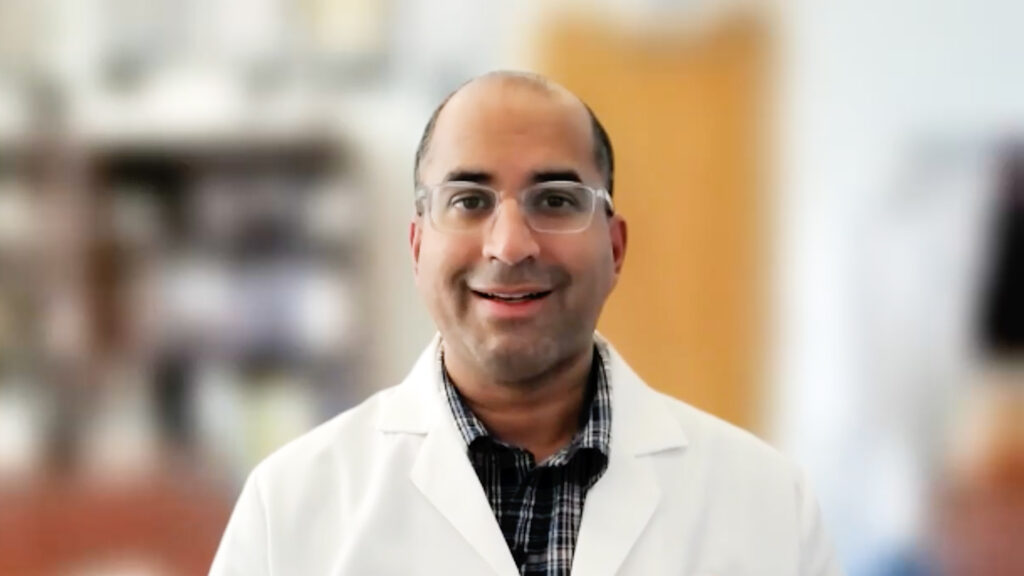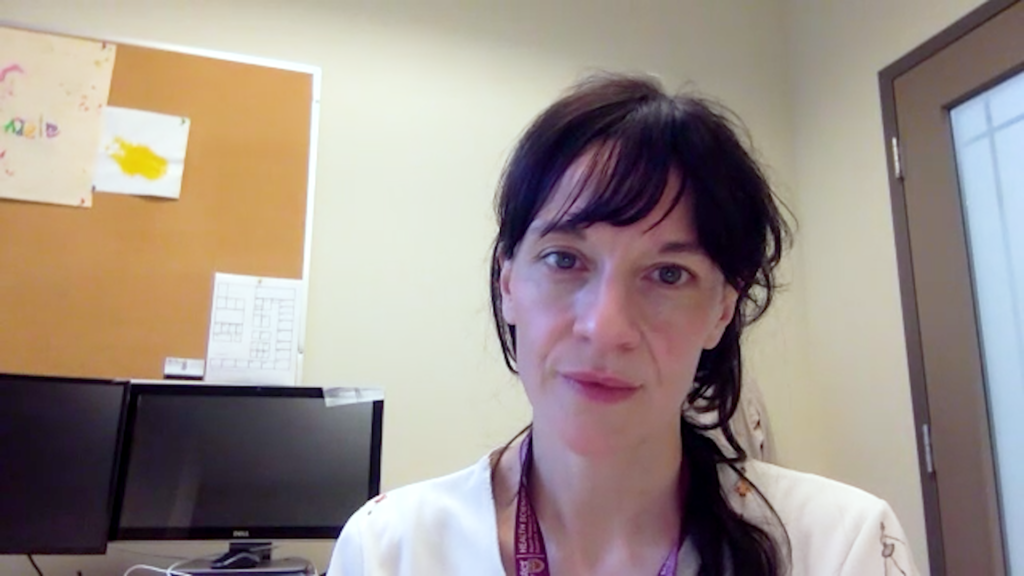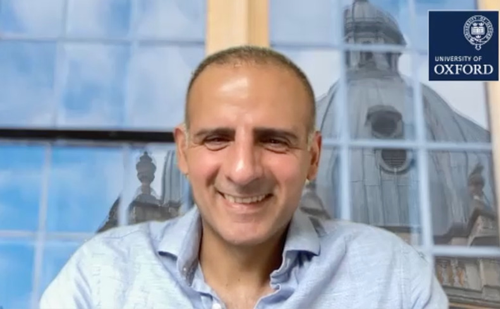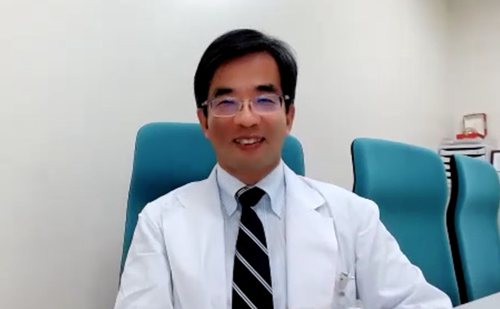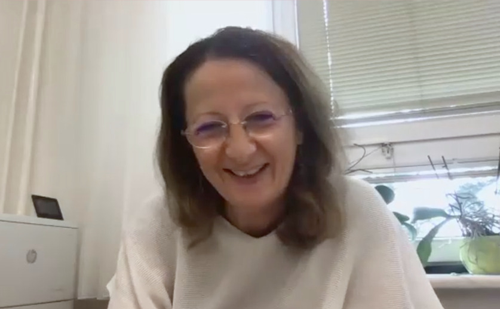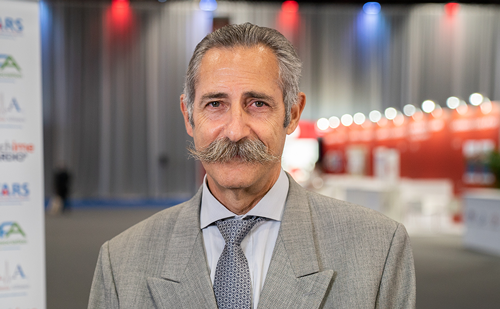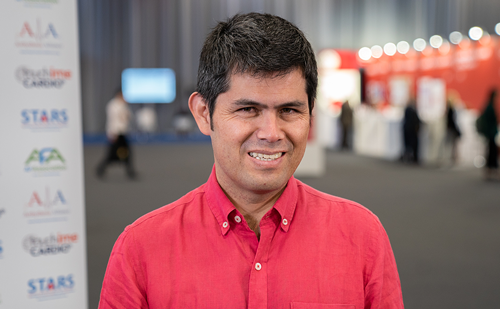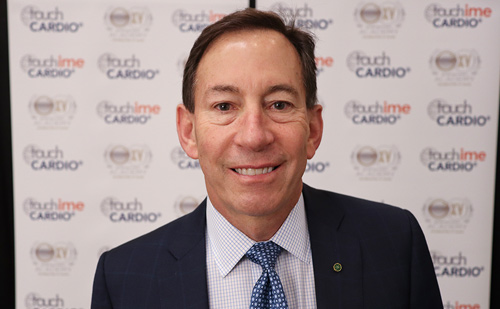Despite recent advancements in the treatment of pulmonary arterial hypertension (PAH), there are still several treatment gaps and unmet needs that exist. In this touchCARDIO interview, we speak with Prof. Marius Hoeper (Department of Respiratory Medicine, Hannover Medical School, Hannover, Germany) to explore the need for more effective therapies that target multiple pathways involved in PAH, as well as novel therapies that address specific aspects of the disease. Prof. Hoeper also highlights the need for therapies to slow or halt disease progression and improve long-term outcomes.
The abstract entitled ‘The STELLAR Phase III Trial: A Study Of Sotatercept In Combination With Background Therapy For The Treatment Of Pulmonary Arterial Hypertension’ (Abstract number 413-15) was presented at ACC.23 Together With WCC (ACC.23/WCC) in New Orleans, 4–6 March 2023
Questions:
- What are the unmet needs and gaps in the treatment of pulmonary arterial hypertension? (0:18)
Disclosures: Marius Hoeper is a consultant for Acceleron, Actelion, AOP, Bayer, Ferrer, Janssen, and MSD; on the advisory board for Acceleron, Actelion, AOP, Bayer, Ferrer, Janssen, and MSD; receives honoraria/honorarium from Acceleron, Actelion, AOP, Bayer, Ferrer, Janssen, and MSD; and is a dpeaker’s bureau participant with Acceleron, Actelion, AOP, Bayer, Ferrer, Janssen, and MSD.
Support: Interview and filming supported by Touch Medical Media. Interview conducted by Katey Gabrysch.
Filmed as a highlight of ACC 2023
Access more content on pulmonary arterial hypertension
Transcript
Subtitles and transcript are autogenerated
I am Marius Hoeper, Upper Respiratory Physician from Hanover Medical School, Hanover, Germany. I have been taking care of patients with pulmonary hypertension for the past 30 years.
What are the unmet needs and gaps in the treatment of pulmonary arterial hypertension? (0:18)
We have made substantial progress over the past couple of years with inventing or establishing treatments for pulmonary arterial hypertension (PAH). Now we have about 10 FDA approved drugs available, and substantial progress. But still, these patients do have a high morbidity and mortality burden. The estimated survival rates from diagnosis have increased from two to three years when we had no treatment available, and now to about six to seven years, so much better. Again, these patients still to have a fairly high mortality rate and we need additional therapies to do improve outcomes in the future.


